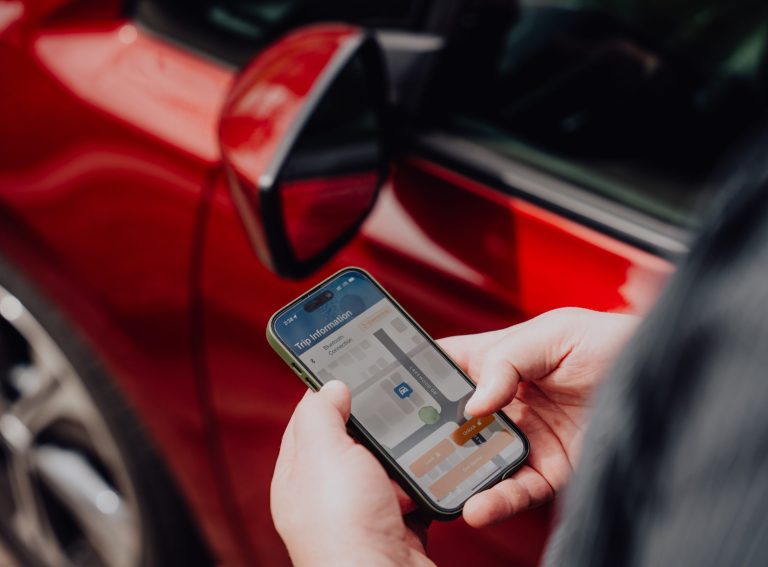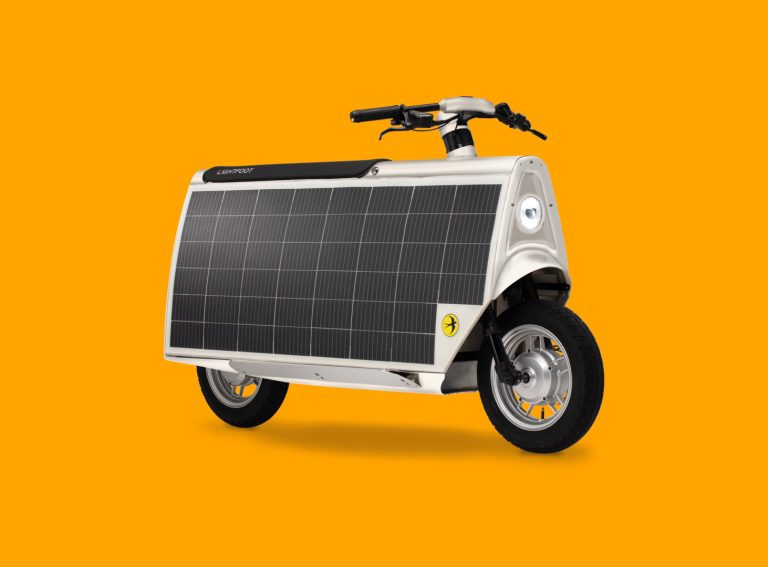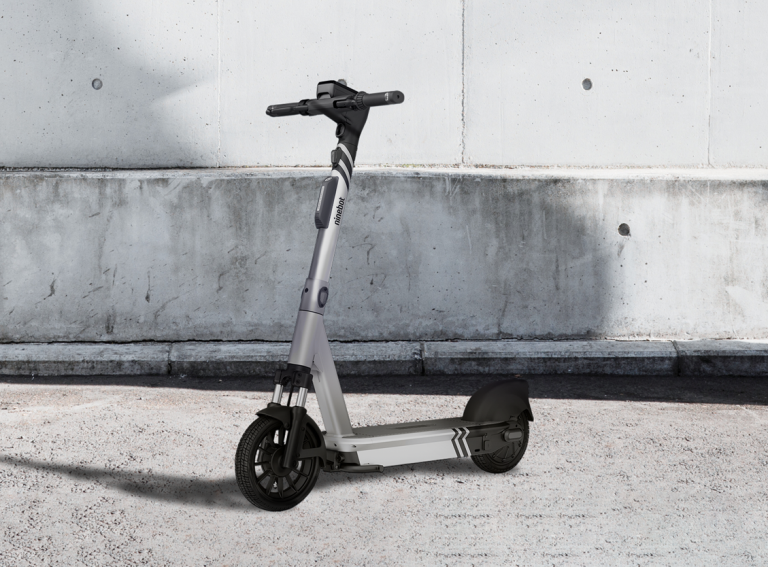Author: Alex Gmelin, Chief Product Officer at INVERS
There’s an understandable buzz around scooters in our evolving mobility environment. Urban settings are particularly well suited for two-wheeled vehicles to help reduce congestion and handle last-mile journeys.
But it’s not just about the e-scooters that you stand on. Mopeds – also sometimes referred to as scooters – have been around far longer and are increasingly carving out their own space in the world of shared mobility – especially as electrification makes these vehicles quieter, greener and more compelling. The market for moped sharing is therefore growing rapidly. Globally, twelve million people have registered for e-moped sharing, which our recently published Global Moped Sharing Market Report 2021 shows is a year-on-year increase of 33 per cent.
Perfect for urban mid-distances and the last mile
The challenges of urban transport are seldom far from the news. While there is a growing need for more sustainable mobility, the industry faces significant changes. Vehicles are increasingly electric, a change driven by efforts to reduce our carbon footprint. Change can also be seen in the form of new mobility concepts for individual transport, driven by the scarcity of space in urban environments. Finally, user behavior itself is changing, with greater acceptance of sharing resources rather than owning them; something that’s no doubt also a result of the high and rising costs of living and vehicle ownership.
Shared electric mopeds fit perfectly into this context. Obviously, they are an appropriate answer for traveling in urban low emission zones. In many European metropolitan areas they already provide the most convenient door-to-door transport option for users who need to cover distances of around five to eight kilometers on average to their destination or to the closest public transport station. Shared e-mopeds in those cities can be found within walking distance to provide convenient transport and users tend to then make trips of less then 20 minutes on average. Additionally, many users of shared e-mopeds take a passenger with them According to new research from mopedsharing.com, passengers are present on 40 to 50 per cent of trips when shared mopeds have two helmets available. Finally, in many European cities users can conveniently park mopeds in public spaces just like bikes, instead of having to look for and pay for scarce parking spaces.
Waiting to be discovered: Shared e-mopeds in the UK
In the UK, the focus of innovating urban mobility has been on stand-up e-scooter trials that have been recently conducted in cities across the country. Unlike, other European nations, mopeds haven’t yet made a splash, but this could be set to change. For example, bike-sharing operator HumanForest just announced the launch of the UK’s first electric moped sharing service in January 2022 in London.
“We are still in the phase of education with micromobility”, says Jeremy Boorer, Director at greenmoped.com. “Legislation in the UK focuses very much on pedestrians and bikes, making it difficult for new environmentally-friendly services to be successful. The current Act of Travel Policy does not encourage new modes such as e-mopeds, neither for private use nor as sharing service.”
However, this might change as concerns about the environment – and especially clean air in cities – continue to grow in the UK. While COP26 is seeing greater top-down pressure on such issues, this is very much also a grassroots issue: A recent poll has shown that a third of the British population see the environment and climate change as the second-biggest issue after COVID-19.
On a global scale: Shared e-mopeds are part of the solution
There is an interesting global trend to be observed: many cities are working on Mobility-as-a-Service (MaaS) initiatives to increase the scope and convenience of sustainable transport alternatives. While researching our report, we identified numerous efforts to develop a thriving ecosystem that benefits users as well as transit and shared mobility operators. Transportation departments in several European cities have made it possible to book and pay for shared mobility services on the same app where users get their transit tickets and passes. Other cities are similarly covered by apps from private companies that integrate shared mobility with public transport. Shared mobility operator TIER, for example, recently integrated with several public transit providers in Germany and the Netherlands through MaaS solutions moovit and Gaiyo. Another example is Cityscoot in France, which integrates with Uber’s app to offer Parisian users diverse options for shared mobility including cars, bikes or e-mopeds – all conveniently available from a single app. Multimodal platform FREE NOW recently added TIER and Voi to their offering. Other major moped sharing providers such as CHECK, GO Sharing and felyx also connected with local and national MaaS solutions.
Berlin’s and Munich’s transit operators enable planning, booking, and payment for transit and shared mobility alike on their apps, both powered by Trafi, a MaaS enabler.
This range of examples demonstrates the diversity and vitality of the market. It goes without saying that all these developments rely on technology that connects vehicles to IT systems and makes them digitally manageable assets. As these building blocks fall into place, there are virtually no limits to the possibility for innovation in sustainable urban shared mobility. The time is right for e-mopeds to prove their potential.



